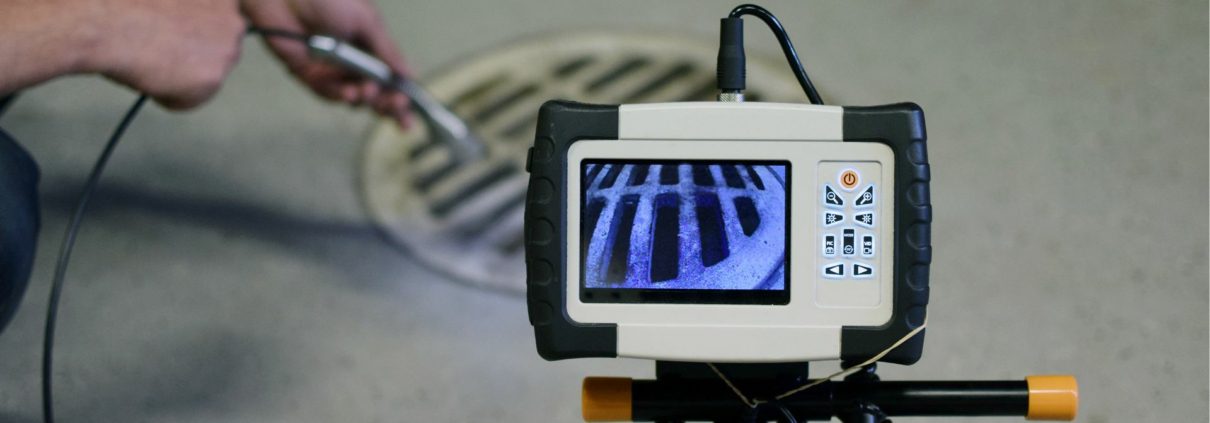Residential Sewer Scope Inspections: What Are They and Why Do You Need One?
If you are a homeowner, you know that there are many things you need to do to maintain your property. One of the most important things you can do is to have a sewer scope inspection done. This type of inspection is important because it can help identify problems with your sewer line before they become major issues.
What is a Residential Sewer Scope Inspection?
A residential sewer scope inspection is a process that involves inserting a video camera into your home’s sewer line. This camera is attached to a flexible cable that is inserted into the sewer line through a cleanout or other access point. As the camera travels through the sewer line, it captures video footage of the interior of the pipe. This footage is then transmitted to a monitor, where it can be viewed in real time by a professional inspector.
Why Do You Need a Residential Sewer Scope Inspection?
There are several reasons why you might need a residential sewer scope inspection. One of the most common reasons is to identify problems with your sewer line before they become major issues. Some of the problems that can be identified through a sewer scope inspection include:
- Tree root intrusion: Tree roots are one of the most common causes of sewer line problems. They can grow into the sewer line, causing blockages and other issues.
- Cracks and leaks: Over time, sewer lines can develop cracks and leaks. These can be caused by a variety of factors, including age, shifting soil, and extreme temperatures.
- Blockages: Sewer lines can become clogged with a variety of materials, including grease, hair, and other debris.
By identifying these problems early, you can take steps to address them before they become major issues. This can help you avoid costly repairs and other expenses down the road.
How Does a Residential Sewer Scope Inspection Work?
A residential sewer scope inspection typically takes between one and two hours to complete. During this time, the inspector will insert a video camera into your home’s sewer line and travel through the line to inspect for any issues. The inspector will be looking for any signs of damage, blockages, or other issues that could be causing problems with your sewer line.





















